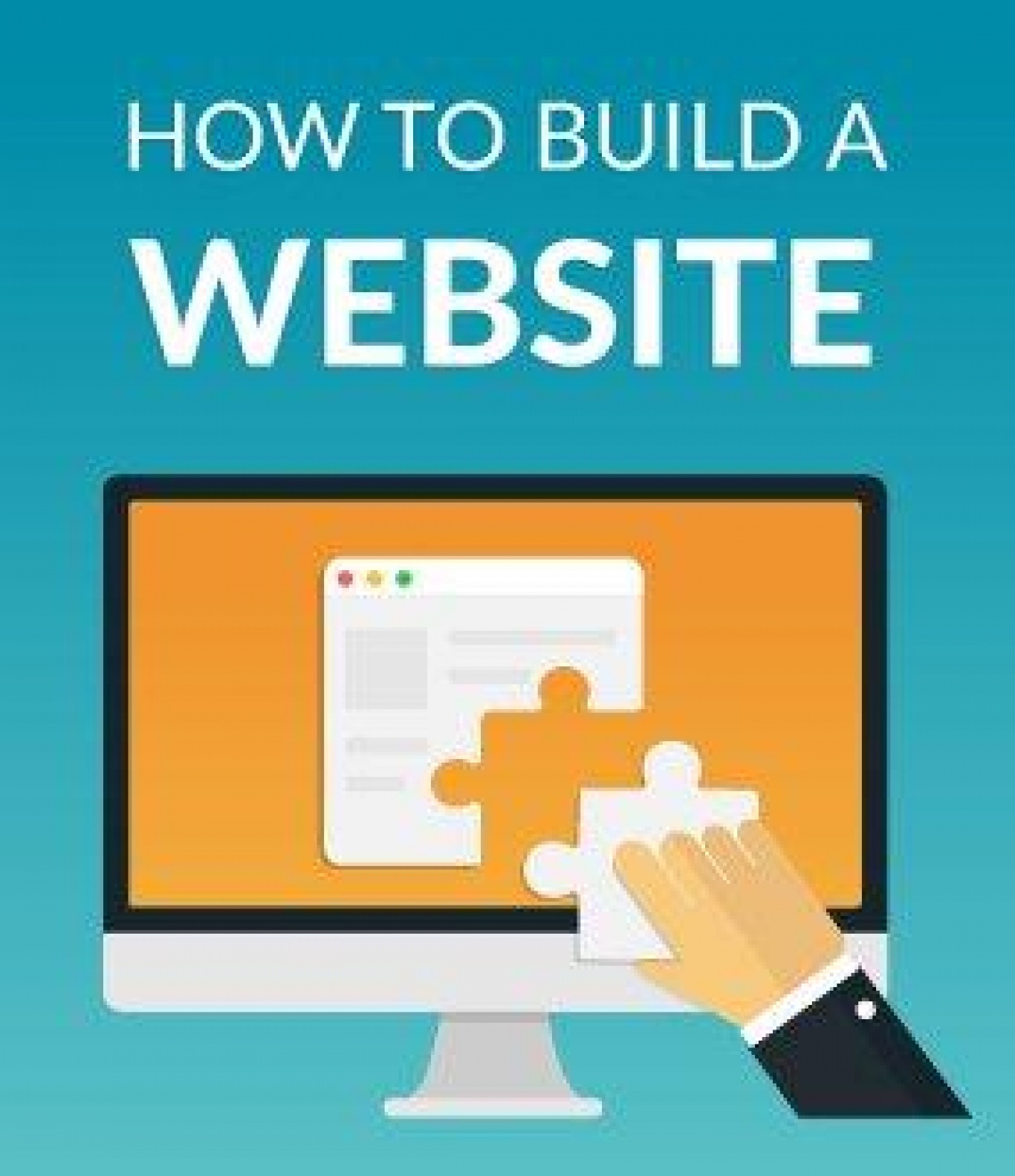
The Broadcast Freelancer’s Guide to Building a Website
There are so many resources and tools available today to help you build a website that just wasn’t around even a few short years ago.
The downside to that, of course, is that so much information can be overwhelming – when presented with too much choice, people tend to choose nothing.
But without getting into the psychological reasons why and how choice can be detrimental to decision-making (we’ll leave that to Malcolm Gladwell), this article is intended to be a ‘no-nonsense’ summary of what you need to get started, with a link to a free, step-by-step ebook that walks you through the whole process of what you need to do.
Who’s your site for?
Before we talk about what’s required, just a brief word about the audience: why are you creating this site? Who’s it for?
It sounds obvious but you’d be amazed how many websites exist that don’t actually serve any purpose (or person, other than the site’s owner) so think about who’s going to be reading it and…
‘What’s in it for them?’.
Think about both who you want to visit your site and what you want them to do when they get there. Do you want them to simply get in touch with you via your contact form or would you prefer them to sign up to receive your emails (you could let them know every time you post a new showreel)?
Knowing these things will help you decide much as you begin to build your presence online.
Your website should be your ‘home’ online, the place that you control what happens and how it looks (not Google, Facebook or IAC/InterActiveCorp, who own Vimeo).
Building your website quickly and inexpensively – what you need
The good news is that you don’t need much to get your site online, just three things:
- A domain name
- Hosting
- Site-building software
One thing to bear in mind is that you can do all this at no cost at all – the domain name and hosting are sometimes free, along with accompanying site-building tools.
However, as with most things in life, you get what you pay for, and it’s worth spending the small amount required for a far more professional set-up, both in appearance and the control which you’ll have (and need).
What does that mean?
A free domain means your web address will contain your name as well as that of a third party (such as johnsmith.blogspot.co.uk).
Free hosting has its limitations, too. There’s a lot you can do with it but you are also restricted in what you might want to do at a later stage (such as migrate your site to a more professional set-up).
So it’s worth spending the small amount (usually between £30 and £70 per year for the domain and hosting, combined) to get a professional web address and hosting that puts you in control.
1. Domain Name
Having given some thought to your site’s purpose and your ideal visitor, the first real step is registering your domain name, such as yourname.co.uk, with one of the many companies online that provide this service.
Bear in mind that your preferred domain name may not be available – say, for example, your name’s John Smith and you’d like the address of your site to be johnsmith.co.uk or johnsmith.com:
In a case like this, just think of a word or two that you’d be happy adding to the domain, such as ‘editor’ and/or ‘broadcast’ (as in johnsmithbroadcasteditor.co.uk).
2. Hosting
When you’ve registered your domain, you need server space to host your site.
Several types of hosting are available, the most common of which, shared hosting, is likely to be adequate for all but the largest sites or those with a greater-than-normal need for water-tight security (for sites which process credit card payments, for example).
Shared hosting, which simply means your site sits on a server with many others, is very cost-effective. Dedicated hosting means one single website on a server, and you can expect to pay a premium for the privilege.
You then have to make sure that the domain name is ‘pointing to’ your hosting server. Think of domain name servers (DNS) like a postal address: if you don’t put an address on the envelope you’re sending, the post office doesn’t know where to send it. Domains work the same way – if they don’t have the DNS the internet doesn’t know which server to send your request to.
3. Site-building software
Many hosting companies offer site-building tools and software with their packages but our recommendation – for maximum control, functionality and security – is WordPress.
The wordpress.com version allows you to build a site using a domain that’s free of charge, such as yourname.wordpress. com on hosting that’s also free (using a WordPress server).
However, using the free software at wordpress.org means you can avoid having WordPress as part of your domain name. This content management system (CMS) runs 22.4% of all the world’s websites (at the time of writing) and is used by organisations such as Reuters, eBay, Sony and Samsung.
And what’s really attractive is that you can set it up very quickly.